In light of the American withdrawal from Afghanistan, we are reposting Paul Jay’s and Nelofer Paziras’s documentary ‘Return to Kandahar’. Originally released in 2003, this film follows Nelofer Pazira, as she returns from Canada to Afghanistan to seek out her childhood friend Dyana. While living under vicious Taliban rule, Dyana wrote Nelofer a haunting letter that ended, “you will have to live for both of us now”. Fearing the worst, in 2002 after the fall of the Taliban government, Nelofer searches for her lost friend. Landing in Kabul 13 years after her family left Russian-occupied Afghanistan, Nelofer unravels her past and the history of her country. The epic journey takes her to Kabul, Kandahar, and Masir-e-Sharif. Incisively weaving Nelofer’s personal story with that of Afghanistan itself, Return To Kandahar shows a country once again in the grip of warlords and the U.S “war on terror”.
By Paul Jay
When I first met Nelofer in the winter of 2002 (she was a guest on counterSpin), I had decided not to do any more documentaries for a while.
But I knew right away the project had what great documentaries are made of – a compelling character, a dramatic individual story, set in an epic background. So, in the end, I couldn’t resist.
In pure filmmaking terms, it had many of the same elements as Hitman Hart, wrestling with shadows. But of course, the substance was of more political importance.
Nelofer’s search, and Dyana’s story, were a natural and powerful metaphor for the fate of the country and of Afghan women. Dyana’s letters are sad, desperate, and poignant.
The shooting conditions were difficult. It was very hot (48 c in Kandahar). The roads were terrible, the drive from Kabul to Kandahar was the worst I’ve seen anywhere in the world. Years of rockets, mines, and tanks have gorged the ragged ‘highway’. Along the way, I met a boy who didn’t know his own age, he couldn’t count.
I met adult men who thought Canada was next door to Germany. They couldn’t read and had never seen an atlas or a globe.
In Kandahar, we visited a cemetery where Arab Al-Qaeda fighters are buried and revered by much of the local population. Many believe that the graves are holy, and touching them will cure illness.
Without education and modern communications, it’s no surprise that people look at the world much as we did hundreds of years ago. Poverty and war have brought back medievalism. It made it much clearer for me why such extreme forces found refuge there.
One of the discoveries for me in this film, was how advanced Kabul was when Nelofer grew up. Afghanistan had a sophisticated intelligentsia, and a developed culture. Most of that has been destroyed, and not simply by the Taliban. The forces supported by the West during the cold war began the process.
I didn’t find it as dangerous as I expected. It was a strange, surreal window of relative
calm while we were there. But we could sense the turmoil beneath the surface (while we were there the American’s bombed a wedding party and the vice-president was assassinated), but people were mostly friendly and respectful to our crew.
But there were moments. Mines were the biggest threat. Once, Nelofer went exploring around a building, when a soldier frantically yelled at me that she was walking in an area with land mines. I called to her, to walk out exactly the way she had walked in.
When we interviewed the warlord Dostum, he was surrounded by troops and body guards. One had his finger on the trigger of an AK-47, with all of us locked in his sights. It’s clear that the warlords are always near civil war.
One reason I was so interested in making this film, was that I felt Nelofer’s journey was a unique way to tell an important historical story. I’m very interested in the way in which today’s world is a product of the actions and policies pursued during the cold war.
In the name of fighting the ‘evil empire’, almost anything was justified. The West rationalized support for the Shah of Iran because he was considered a major bulwark against the Soviet Union. When he was overthrown, it was then justifiable to arm and support Saddam Hussein’s war against the Iranian revolution. Years later, after millions of Iranians and Iraqi’s lost their lives at the hand of Hussein’s dictatorship, the world is about to see another war . . . once again fought in the name of fighting ‘evil’.
Afghanistan in many ways is a similar story. The extreme and fanatical forces within the Mujahadeen were supported as proxy fighters for the West against the Russians. With the collapse of the Soviet Union, Afghanistan was left to ruin, as war lords fought a bitter and astonishingly brutal civil war for power and drug revenues. The Taliban offered security and law, and with the backing and nurturing of Pakistan and its secret service, imposed a repressive and distorted regime. It set out to destroy what was left of the more urban, sophisticated Afghanistan that Nelofer knew when she was a child. It if hadn’t been for 9/11, the Taliban would still be in power.
Now, if the country remains in the hands of warlords, and the world once again loses interest (which already seems to be happening – especially with the shift in American focus to Iraq), then it’s possible the whole scenario will repeat itself.
The hope for a documentary like this is to create an experience for the viewer, a sense of empathy. We want to make Afghanistan real for people, not just another abstraction we hear about in news reports. Not just another story that can be forgotten once the world’s attention moves on to something else.
As you can see in the faces of the women university students, of the children, there is a new generation that is willing and capable of rebuilding their country. Will the West provide real support this time, or once again, pursue narrow geo-political and economic aims that prop up warlords, paid to do the bidding of outside powers. Will these children have a chance to build a truly democratic Afghanistan, or will poverty and desperation create a new generation of recruits for extreme forces?
By Nelofer Pazira
Dec. 5, 2002
(originally published by Panorama, Italy
and El-Semanal, Spain)
From above, from a place called The Forty Steps — steps carved into a grey mountainside in the 13th century — Kandahar appears calm. Under the rising sun, a hollow of mist surrounds the city, mystical and unreal. The silence of the dawn is broken only by a rooster and the braying of a donkey. Sitting on one of the broken 40 steps — the majority were destroyed during the past 23 years of war — I ponder Afghanistan’s future.
For the first time, after exactly 13 years, I have returned to Afghanistan. In July of 2002, I felt I was ready to make the journey to the land which I had left when I was only sixteen. I wanted to learn what had happened to that part of me which I had left behind. But I wanted to begin my journey in Kandahar. Originally from Afghanistan but now living in Canada, the movie ‘Kandahar’ had made me, unwittingly, a representative of a cause — the need for the world to stop ignoring the tragedy of the Afghan war. From the safety of my Canadian home, I had seen Afghanistan disappear from the news schedules as the civil war destroyed its people and its cities. Then came the Taliban. When I received a letter from a desperate friend, I tried to return to visit her — in vain. This resulted in the making of the film.
And so, in the frontier desert that bordered western Afghanistan, we made ‘Kandahar’. Afghan refugees were our actors. The limbless mine victims played themselves. In the film, my journey to Kandahar to find the letter-writer became a symbol of the country’s plight. In ‘Kandahar’, the United Nations was indifferent to the refugees, thieves roamed the desert roads and the Taliban destroyed all hope of joy.
It was almost as if the city had become a reason for my return to Afghanistan — I had, after all, travelled the world for the movie, and the very word “Kandahar” had began to have a special meaning for me. I often wondered about its houses and roads, its alleyways and markets. And here I was, suddenly, in Kandahar, a place which had dominated my life for more than a year.
It is a city of extremes, a place of men and guns, expensive cars and starving childern. It is oven-hot, a dry blow-torch heat that sucks colour out of the landscape, that turns the surrounding desert grey and bathes the broken city centre buildings in a dun-coloured haze. Even in post-Taliban Kandahar, there is little sign of women in the city — at least, not outside their homes. Those who venture out are covered from head to toe, whether in burqa or a long, Arab-style black coat and a head scarf which also covers their faces — except for the eyes. The wealthiest and most powerful men drive the latest model of Japanese car, watch 60 channels of television — primarily a pornographic channel and Much Music — on the satellite, and frequently cross the Afghan-Pakistan border for smuggling. If Afghanistan has been “liberated” by the United States and its allies, Kandahar is a poor advertisement for the West’s concern.
But the poor have to survive by begging, back-breaking labour, by brick-making, by heaving massive wooden carts loaded with iron, scrap, carpets. I watch two 8-year-old boys wolf their way through a meal we have ordered for five people: three heaped plates of rice and three plates of meat and potatoes with bread. When we offered them a meal — as they were watching us hungrily through the window of a Kandahar restaurant — I thought they were probably going to eat a little of the food and perhaps take the rest home. But they couldn’t have eaten for days. In the city’s Mirweis hospital, there are children malnourished to the point of starvation, sunken cheeks and rib-bones, stunted infants rasping breath next to their mothers. And this, in one of the greatest cities of Afghanistan, a city which has lived under American control for well over a year now.
There is one option for survival in Kandahar: to give your loyalty to a powerful and influential man. General Ghul Agha Sherzai, Kandahar’s bearded, fat-faced governor, is said to have the largest number of men in his camp. Wali Karzai, who has no official title but is known to be head of one of the powerful tribes of the region, has a large following. One of the younger brothers of head of state Hamid Karzai, Wali Karzai is well respected. Pashton Kholid, another former Mujahedin commander, now known — and despised by some — as a close ally of the American security forces, also shares this pyramid of power.
This is the post-Taliban Kandahar. On the surface, of course, it seems that law and order reign. Shared economic interests and the American presence may be holding things together for a time but there is no guarantee that things will stay that way. American Special Forces in 4-wheel drives cruise the highways, their agents cradling pistols and automatic weapons, dressed in denims, jeans, a mismatch of camouflage blouses and bright shirts.
Kandaharis accept the American presence — for now. They are “guests”, my driver insisted to me. “But if they are going to build a permanent military base or interfere with the everyday life of the people, then we will not tolerate them.” The American army have been careful. They used to dine out at the Kandahar Restaurant. A few weeks ago, they were
ambushed in several parts of the city. No-one claimed responsibility. “Now, they don’t come here any more,” says the owner. But their biggest base — at Kandahar airport — looks all too permanent, a great desert enclosure of prefabricated barracks and Apache and Chinook helicopters, of trucks and tanks and armoured vehicle parks, of radios and prisoner wire cages.
In theory, the Taliban have been vanquished. Listening to some Kandaharis, it is hard to believe. At a carefully pre-arranged spot, a former member of the Taliban council agrees to meet me. “Mullah Omar was a good man,” he says. “He responded to the demand of people to put an end to the lawlessness that prevailed in this city.” From the window of the room, I espy a black Toyota that once belonged to the man who declared himself the ‘Emir of the Faithful. “Mullah Omar had no desire for power,” says the former member of
the Taliban council, who now says he supports Hamid Karzai’s government. “It was all the fault of the Arabs and Pakistanis who took advantage of Mullah Omar’s innocence and ignorance.” The black car, now owned by one of the new government’s supporters, was one of 12 vehicles given to Omar as a gift by Osama bin Laden. Eleven were black and one was white. After Mullah Omar’s disappearance, the new government administrators divided up his cars as spoils among themselves.
“Religious men — mullahs — do not have much political knowledge,” says the former Taliban council member. “Mullah Omar was not aware of the political agenda of the Arabs and Pakistanis. He thought they were sincere in helping the cause of Islam.”
There is still much support for the Taliban in Kandahar. “They didn’t always do bad things,” says Aziz, a local shopkeeper. “When the Arabs were here, they used to give people many gifts,” says one of the guards in a cemetery. “I didn’t have any direct contact with the Arabs, but I know they didn’t do anything to disturb the people,” he says.
On the way to the city’s main market, I come across the newly-painted white walls of the ‘Kandahar Women’s Association’. A group of 32 women gather there every day to learn to read and write in adult literacy classes. They also do needle work — sewing and embroidery. The products are sold in the market and the income goes to the women as well as paying for the cost of running the centre. Bebi’s husband went missing when the Taliban took over the city. A mother of two, she works with the women’s group to make a living. Noriya, who is 21, also lost her husband in the war. Ahma jan, a former teacher and educational administrative assistant, runs the Centre. “There are lots of widows in Kandahar,” she says, “and there are many other young women who would like to study and work. But we don’t have enough resources for all.” Ahma jan stayed at home during the 7-year Taliban rule. Now, she wants to organize courses in computers, English language and hairstyle and make-up for women. But like many others, she has to wait — to receive help from an outside organization and permission from governor Gul Agha, to start work.
I meet Gul Agha at the mayor’s office. There is much preoccupation with the preparation and serving of lunch — kebabs, rice, chicken, potatoes and dogh (a drink of yogurt and cucumbers). The guests are various commanders from Kandahar and surrounding areas. Security is the subject of discussion. A man, dressed in a suit, presents letters of request to Gul Agha. Gul Agha seems more interested in the lunch and commanders than the letters. My letter of introduction from UNESCO to help build projects in Kandahar also disappears in the pile. However, it is the mayor — an Afghan from California who has been appointed by the new Afghan transitional government — who looks after me. In fact, I notice that he is the only person who takes the UNESCO letter and envoy seriously, treats me with respect and sets a chair so that I can sit next to Gul Agha — from where I watch the commanders enjoy their elaborate lunch.
On the city’s main square, there is a monument to the martyrs of the second Anglo-Afghan war (1878-1880). An old cannon stands in one corner next to an inscription which reads: “To the honour of those brave souls who fought for freedom and independence.” Forty kilometers west of the city stands the baking desert town of Maiwind, site of a great British defeat in the Second Afghan War. Here it was that 19th century Afghan warriors called “talibs” cut down the British Grenadiers. Here, too, a teenage Afghan girl called Malalai rallied her menfolk before dying under British gunfire. Scarcely anyone remembers Malalai today.
Kandahar, the first Afghan capital (1747), was once a place of harmony and culture, of wealth and beautiful gardens and music and poetry. Several great Pushtun poets came from Kandahar. The blossoms of pink and red roses which Kandaharis still cherish around their window sills are a memory of this beauty. But a cultural conservatism and extremism has cast a shade over the life of this city.
At Kandahar airport, an American flag snaps in the air above a European Union flag — reminding the Europeans, I suppose, of where they stand in the “war against terror”. I am to board a UN flight. After passing through the first gate — heavily guarded by the American Special Forces — we arrive at a second. Under a smouldering sun, in 48 degrees centigrade, we wait for our turn. And wait, and wait. After an American security check, we drive by car to an 18-seat passenger plane of the World Food Program, flown by South African pilots. I ask myself how ordinary Afghans — who have no access to the airport — would react to this. It is, after all, their airport. But no commercial flights are allowed into Kandahar — only military, diplomatic or UN flights, the new colonial masters of Afghanistan.
Mazar-i-Sharif is nominally under government control, a shrine-city with a turquoise tomb containing the last remains of Ali, one of the four Caliphs. That’s what Mazar means: “the Holy Grave.” Around it sit women on the curbside, selling cheap men’s clothes and equally cheap watches. It is beneath the dignity of a woman to do this — or it is supposed to be. A woman should not sell clothes by the road. But these women, in their all-enveloping ‘burqas’ are refugees, protected not by their dignity but by their anonymity. They come from Kabul, from Maimana, from Arghandab, men bringing them tea on the hot streets. Nasima is a widow from Kabul, driven from her home in Afshar in the 1992-96 fighting between the very men who now form most of Afghanistan’s current government. For 11 years, she has been selling clothes on the street. Only in Mazar would women be on the streets. Never in my life have I seen this before. Is something evolutionary happening here? Though all these women are concerned about the future, no one here wants the Taliban back. In fact, they are all very happy that the Taliban are gone. They also hope that the warlords will disappear as well.
Opposite the shrine stands an office purporting to be a branch of the Afghan Foreign Ministry. The office is the personal political headquarters of General Abdul-Rashid Dustum. General Dustum, whose favourite method of punishing thieves among his own men was to crush them under the tracks of his tanks, no longer wishes to be called ‘warlord’. He wants to be regarded as a ‘diplomat’ — he who refused the duties of vice-president in the transitional government for fear that he would be chained to an office in Kabul rather than administering “security” in the north of Afghanistan. I find the general near his fortress of Qal-i-Jangi — notorious for the mass slaughter of rebellious Taliban prisoners in November 2001– guarded by armed Turks, his brand new Audi limousine waiting for him outside. “This doesn’t mean I’m not with the current government,” he tells me. “I’d like to see a federation in a future Afghanistan.” Which means that General Dustum would like to be the king of northern Afghanistan. Unfortunately for him, he’s not the only one with such pretensions. Ustad Attah is another warlord, commander of the Jammiat party and controller of most of Mazar. Neither will say so, but this is all about drugs and about smuggling to the former Muslim Soviet republics. The central government does not speak of this. Nor do the Americans. For both Dustum and Attah are US allies in the “war against terror.”
When I reach Kabul, I arrive in the only protected city in Afghanistan. International forces, Turks and Germans and French troops patrol the streets of my old home city in their flimsy jeeps and ponderous armoured vehicles. It’s not an army of occupation, rather a legion of foreigners on special behaviour. American CIA men operate here — Americans also supply the bodyguards for President Karzai, an unhappy precedent which Afghans have noticed with growing concern.
I visit my old school. At first, it is a comforting sight. The yard looks the same, the building shines under the sun in its newly pink paint. A sign indicates that the school has just been repaired by the UNICEF. There is a wall poster with some student’s writing on the “importance of the ‘loya jirga’ in Afghan history”. In excitement, I run into the hallway to find the school’s library, a place from my past, of refuge and comfort. I knew the library too well, I had memorized its every dark wooden shelf as I kept replacing one newly-read book with another. The only shelf that I never touched was the English section. Then, I did not know any English. But now, as I open the door, I feel faint. The room is virtually empty. One lone iron shelf stands against the wall and another wooden shelf, old and colourless, with some textbooks and a few tatty English books — recently donated by a UN agency. Most classrooms have a plastic ground sheet to take the place of desks and chairs. So there is no need to search for my desk. “They have all been burned,” says a teacher who recognizes me. “The lab has been totally destroyed as well.” As a student, I had seen for the first time a human embryo in that lab. Now everything is gone. The Taliban had seen to that.
Everyone comes to school wearing a burqa. It seems surreal to me. A crowd of burqas walking in and out of a place of which I had a completely different image — a place where signs of modernity were so visible. There were women with burqas in the streets of Kabul then, few and far between. But we would have laughed had we seen a woman in a burqa coming to school to teach, to study, or to work. Astonishing as it is, it is the necessity of time. These women fear for their lives. Security is like a fragile layer of ice, spread so thin over a river of anxiety and destitution. There is a growing concern about personal safety. Afghans know this too well. Just as they have realized that the latest threat to their lives comes from a dangerous little yellow-painted canister that litters the countryside.
One of these ominous little canisters sits on the table of Abdul-Latif Matin, regional manager of the UN Mine Clearing and Planning Agency. It is marked with the code “BOMB.FRAG BLU 97A/B 809420-30 LOT ATB92G109-001.” This is part of a US cluster bomb, made by American arms companies in Minnesota and California. They were dropped in their thousands during America’s bombardment of Afghanistan last year. Up to 20 per cent of the ordnance buries itself in the soil and turns into a mine. Two UN-supervised mine-clearers have been killed by these bombs just weeks before. I visit the family of Jawad, blown to pieces by an American bomblet in July. “My son died because he was trying to help his family financially,” Jawad’s father tells me. Latif has had to carry the bodies of his men home to their families, and takes an emotional, almost religious view of his work. “We Muslims think that de-mining is part of our Holy War,” he says. “It is a ‘jihad’ against the invisible enemies of Afghanistan. We believe if we die, we go to paradise.”
I begin to realize that the psychological damage done to the country will take a long time to heal. The physical reconstruction depends on how long the international community is interested in helping Afghanistan. The presence of more international peace keeping forces, the disarming of the local population — particularly the warlords and their private militias — the provision of sufficient funds and technical equipment for demining agencies, and the reconstruction of the educational system are just a few necessities on a long list. I cannot help but to ask why Afghans always have to choose between lack of security and lack of freedom.
My own paradise as a little girl was a house in a district of Kabul called Taimani. This was my home, where I grew up, where my mother planted a fig tree in the garden, where I climbed onto the garden wall to watch Soviet tanks grinding down our little street in the 1980s. My father was a doctor. I lived here with my parents and my brother and sister. It was a little home — smaller than I remembered it, as I discovered when I pushed open the old iron door to the garden.
The upper floor had been shelled to bits in the war. Below now lived three displaced families whose own homes had been totally destroyed. I walked into the living room where I used to read my poetry books. The stone-work in the wall had been designed by my father. But there was nothing left of my past save memories. The windows were broken. Years of drought had turned my father’s garden of flowers to dust. But my mother’s fig tree had grown. It towered now over the single-storey house, a symbol of something that had survived in our pulverised world, its branches shaking in the harsh night wind that blew down from the mountains. I had come home to a place that was no longer home, to a city that was no longer mine. I too had long ago become a refugee — a lucky one in my case, with my family safe in Canada. So now I was leaving Kabul again, memories and emotions of another world revived. I had come to a changed country without realizing how much I had changed.
Macleans – “eye-opening . . .breathtaking. . . In just 60 minutes she takes us deeper into Afghanistan than all those endless hours of CNN”
Toronto Starweek Magazine – “Probing and impassioned . . . like a road trip through a war zone”
Hollywood Reporter – “deeply moving”
Globe & Mail – “wonderful . . . astonishing story of the personal and political”
Ottawa Citizen – “shocking, compelling . . . as suspenseful as any drama”
The Gazette – “breathtaking and bittersweet”
Calgary Sun (by Bret Hart) – “disturbing and compelling”
Kitchener-Waterloo Record – “mesmerizing, quietly devastating documentary”
Eye Magazine – “unflinching . . . heart-rending”
TV times – “powerful”
Gemini Award
Columbus International
Film and Video Festival
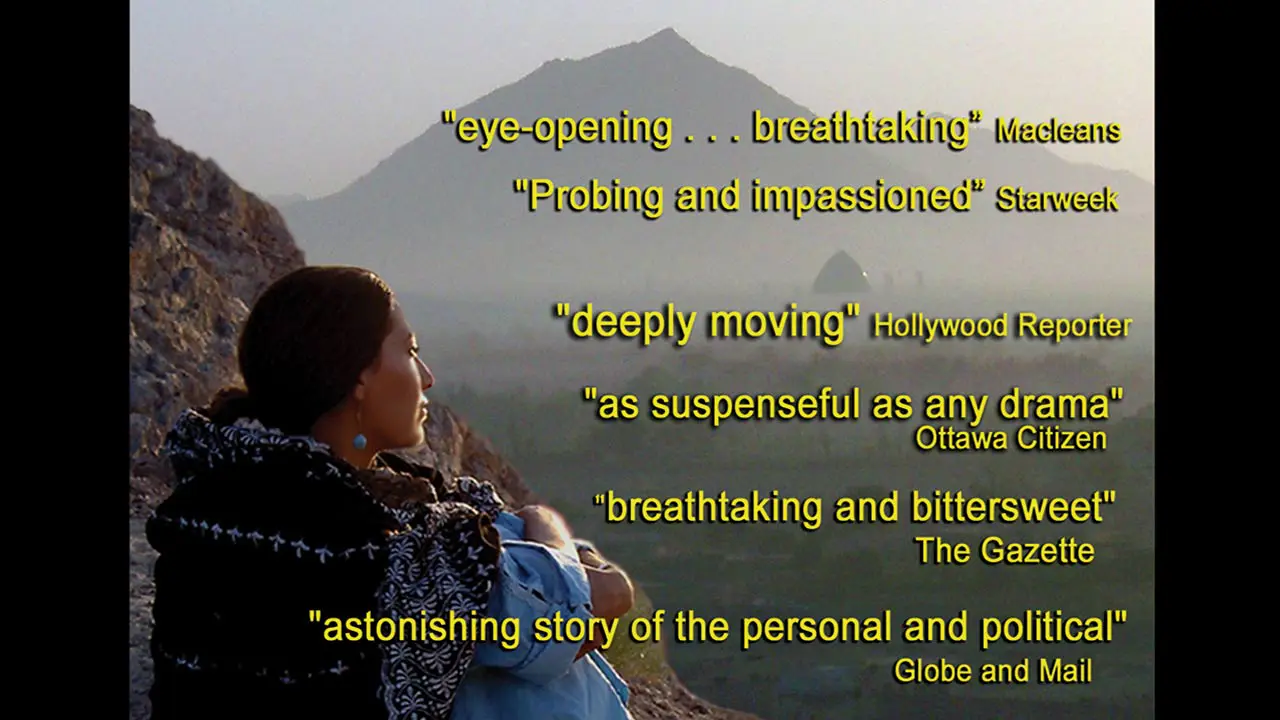
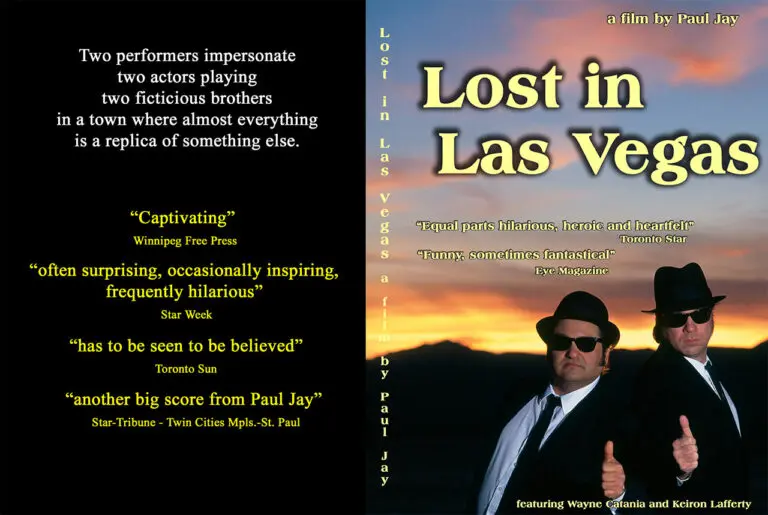
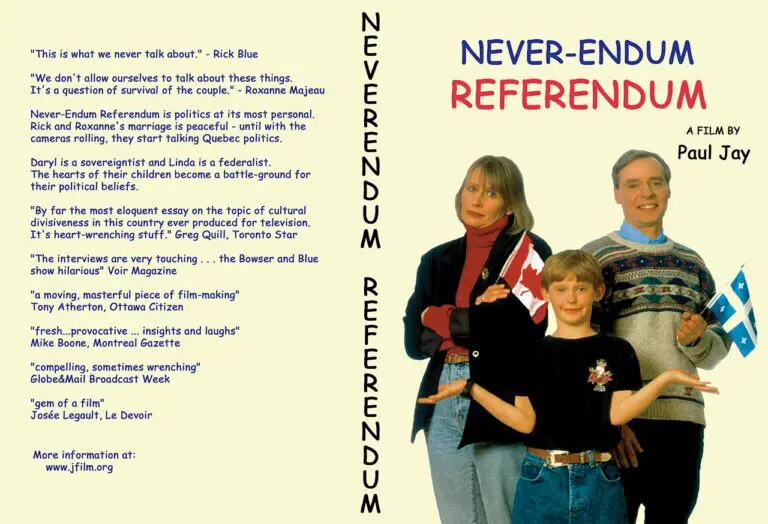

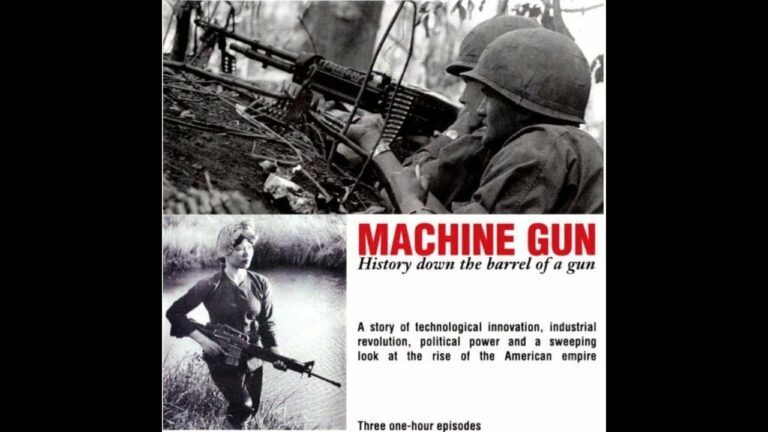
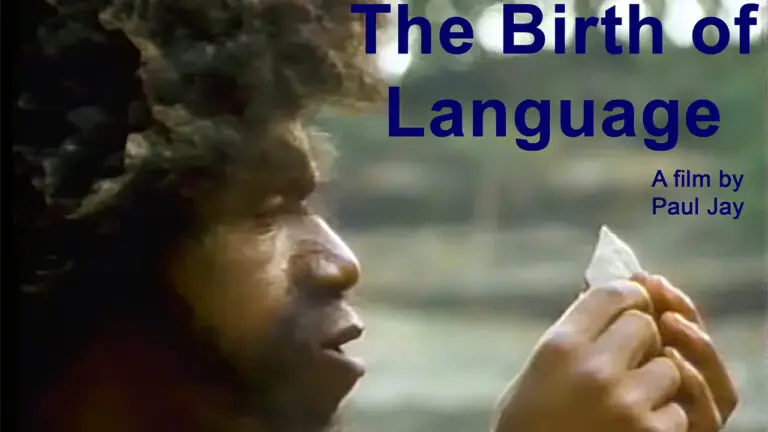
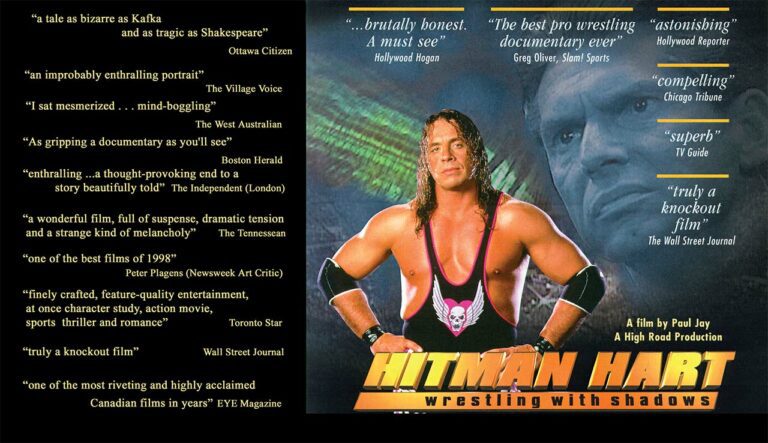
Return to Kandahar is an excellent work. Perhaps you would consider doing a Return to Palestine film.
I’m old enough to remember when the CIA trained the warlords to target the teachers first, back in the 1970s, but it’s Ike back in the 1950s who threw the real monkey wrench in. He built the water reservoir damn that destabilized a land based social system, and it was all down hill from there on out, exasperated by the CIA but they were just salt in the wound that the USA carved so many years earlier.